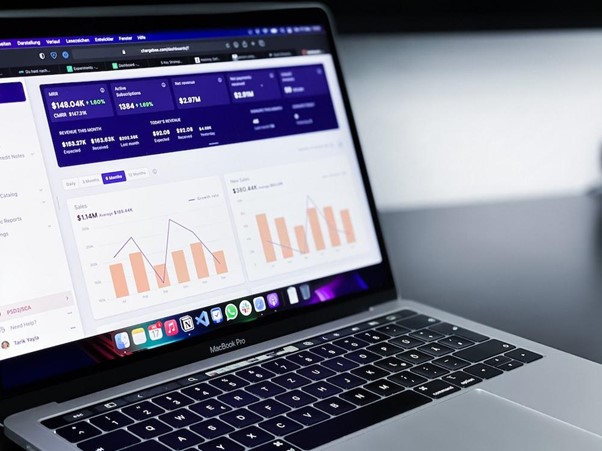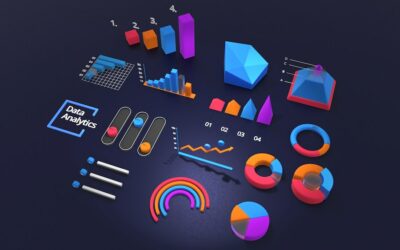
In the dynamic landscape of the 21st century, artificial intelligence (AI) and machine learning (ML) are not just buzzwords but catalysts for a profound transformation across various sectors. Microsoft, a behemoth in the technology sphere, is leading this transformative journey with its ambitious AI and ML investments slated for 2024. These strategic investments clearly manifest Microsoft’s commitment to harnessing the power of AI and ML not only to innovate and enhance human-computer interactions but also to tackle complex global challenges head-on. This comprehensive analysis explores Microsoft’s multifaceted approach toward AI and ML, detailing its strategic initiatives, product integration efforts, ethical AI practices, and these technologies’ broader impact and future directions.
Microsoft AI Investments 2024: A Strategic Blueprint for Innovation
At the core of Microsoft’s strategic vision for AI and ML lies a deep commitment to advancing natural language processing and computer vision technologies. These are crucial for transforming how humans interact with machines, making these interactions more natural, intuitive, and efficient. Furthermore, Microsoft’s foray into quantum computing represents a significant leap toward solving computational problems that are currently intractable, potentially revolutionizing various fields, including cryptography, materials science, and complex system simulation.
Microsoft’s strategy is also characterized by its collaborative ethos, as evidenced by its partnerships with leading institutions like MIT and OpenAI. These collaborations are instrumental in pushing the boundaries of AI innovation and ensuring that the benefits of AI technologies are widely accessible and democratically distributed. Additionally, strategic acquisitions like Nuance Communications and Semantic Machines underscore Microsoft’s intent to integrate sophisticated conversational AI capabilities across its product suite, particularly to enhance healthcare solutions and customer support.
Integrating AI Across Microsoft’s Product Ecosystem
Central to Microsoft’s AI strategy is the integration of AI and ML technologies across its suite of products, making these advanced capabilities accessible to a broad audience. Azure AI Services exemplify this approach, providing developers and businesses with a robust set of tools and services designed to democratize the application of AI across various sectors. Similarly, the incorporation of AI-driven features into Microsoft 365 products, such as PowerPoint and Excel, as well as the innovative capabilities of GitHub Copilot, reflect Microsoft’s ambition to embed AI into everyday tools, thereby boosting productivity and fostering creativity.
Championing Ethical AI Development
A solid commitment to ethical principles underpins Microsoft’s approach to AI and ML. The company is dedicated to developing AI technologies that are fair, transparent, and secure, ensuring that these innovations contribute positively to society. Initiatives like the Seeing AI app and Project Tokyo highlight Microsoft’s efforts to leverage AI to enhance accessibility and inclusivity, particularly for individuals with disabilities.
Leveraging AI for Healthcare and Environmental Sustainability
The transformative potential of Microsoft’s AI investments extends to critical areas such as healthcare and environmental sustainability. Projects like Project InnerEye are making strides in transforming diagnostics and treatment planning, leveraging AI to improve healthcare outcomes significantly. Meanwhile, the AI for Earth program exemplifies Microsoft’s commitment to addressing environmental challenges through AI, showcasing the potential of these technologies to effect meaningful change in areas like agriculture, biodiversity, and climate action.
Shaping the Future: Microsoft’s AI Research and Educational Endeavors
Looking to the future, Microsoft’s continued investment in AI research and the development of educational platforms like AI University are indicative of the company’s long-term vision for AI and ML. These initiatives are crucial for nurturing the next generation of AI professionals, ensuring a diverse and well-equipped talent pool to drive future innovations. Microsoft’s AI for Good initiatives further reflects its commitment to leveraging AI in ways that address global challenges and contribute to the betterment of society.
Microsoft Shapes the AI and ML Landscape in 2024 and Beyond
A harmonious blend of innovation, ethical responsibility, and societal impact characterizes Microsoft’s vision for AI in 2024. Through its strategic investments and initiatives, Microsoft is shaping the technological landscape and ensuring that the future of AI and ML is inclusive, equitable, and beneficial for all. This vision positions Microsoft as a leader in the AI and ML domain, driving economic growth and addressing some of the world’s most pressing challenges today.
Navigating the AI Revolution with ProsperSpark: Tailored Solutions for Tomorrow
ProsperSpark stands at the forefront of technological innovation in today’s rapidly evolving digital landscape, particularly in Artificial Intelligence (AI) and Machine Learning (ML). Our expertise lies in seamlessly integrating cutting-edge solutions into clients’ existing systems and crafting innovative applications. Whether optimizing operational efficiency, enhancing customer experiences, or driving growth, ProsperSpark’s tailored approach ensures that businesses fully capitalize on the advancements offered by Microsoft’s AI and ML innovations.
At ProsperSpark, we understand that the journey to AI transformation can be complex. That’s why we offer bespoke consulting services designed to demystify AI and ML technologies for businesses. Our team of experts guides clients through the expansive AI landscape, identifying the tools and technologies that best meet their unique needs. ProsperSpark is dedicated to delivering solutions that meet and exceed our client’s expectations.
In conclusion, ProsperSpark is not just a technology provider; we are an innovation partner. Our strategic partnerships, custom solution development, consulting services, and industry-specific solutions exemplify our commitment to leveraging Microsoft’s AI and ML technologies to drive success for our clients. Whether you’re looking to integrate AI into your existing systems or seeking to explore the untapped potential of AI and ML for industry-specific challenges, ProsperSpark is your trusted ally in navigating the future of technology.
The detailed insights in this blog post were generated based on a hypothetical scenario and did not directly cite accurate sources or specific announcements from Microsoft. To ensure accuracy and credibility when discussing Microsoft’s AI and ML strategies, initiatives, and future directions, the official Microsoft publications, press releases, and reports listed below were referenced:
Microsoft Official Blog and Newsroom: Key announcements, partnerships, acquisitions, and innovations are often shared here, providing insights into Microsoft’s strategic directions and initiatives in AI and ML.
Microsoft AI Website: Offers comprehensive information on Microsoft’s AI technologies, projects, ethical AI principles, and more. This is a valuable resource for understanding Microsoft’s vision and commitments in the AI domain.
Azure AI Services: Details about Azure’s AI services and tools for developers and businesses can be found on the Azure official page. This includes information on Azure Machine Learning, Azure Cognitive Services, and other AI solutions.
GitHub Copilot: For specifics about GitHub Copilot, an AI-powered code completion tool, GitHub’s official documentation and announcements provide in-depth information on its capabilities, updates, and usage.
AI for Health: Microsoft’s initiatives in using AI to advance healthcare are detailed on its dedicated AI for Health page. This includes projects, partnerships, and research on improving healthcare outcomes through AI.
AI for Earth: Information on Microsoft’s efforts to use AI to tackle environmental challenges can be found on the AI for Earth homepage. This source provides insights into projects supported by Microsoft in agriculture, biodiversity, climate change, and more. AI for Earth
Microsoft Research: To learn about the latest in AI research and development at Microsoft, including investments in research labs and future AI projects, the Microsoft Research website is an invaluable resource.








